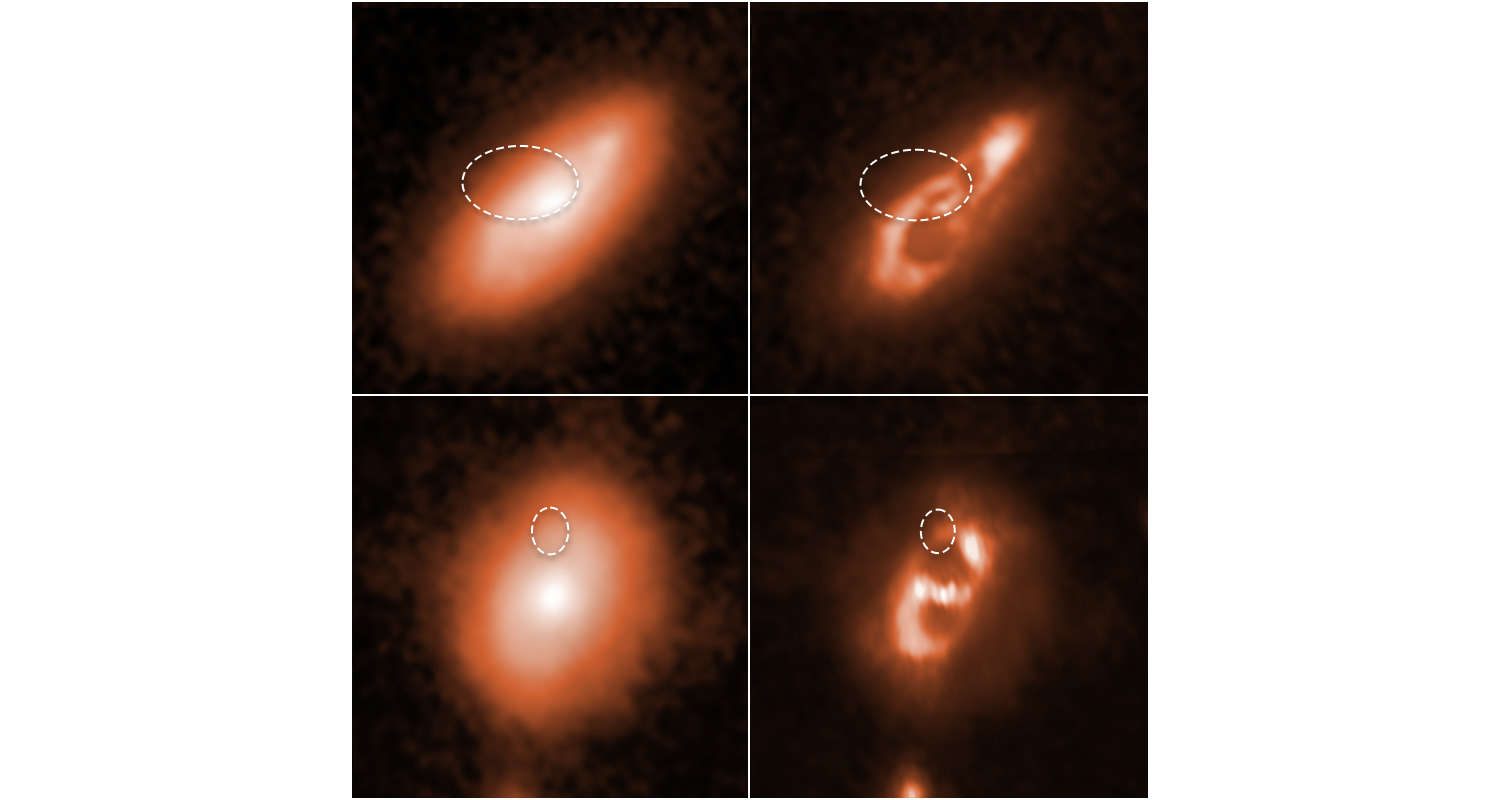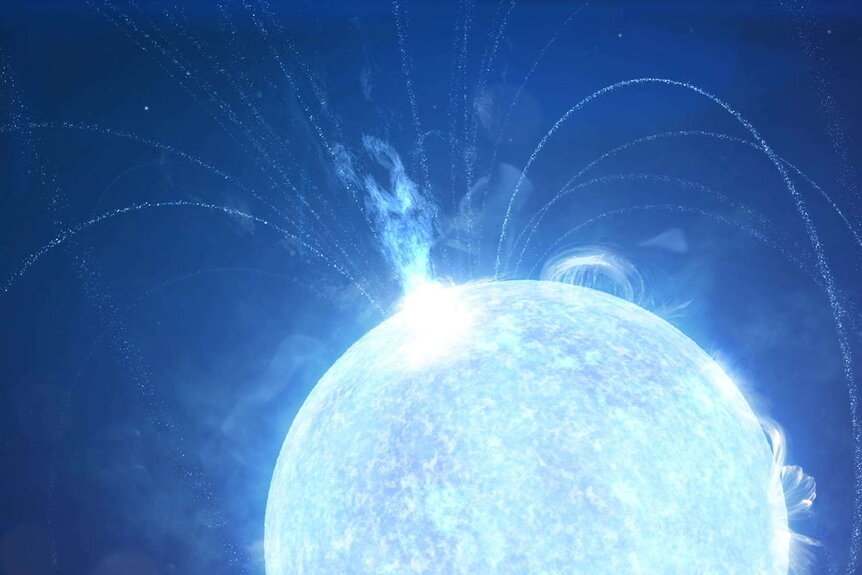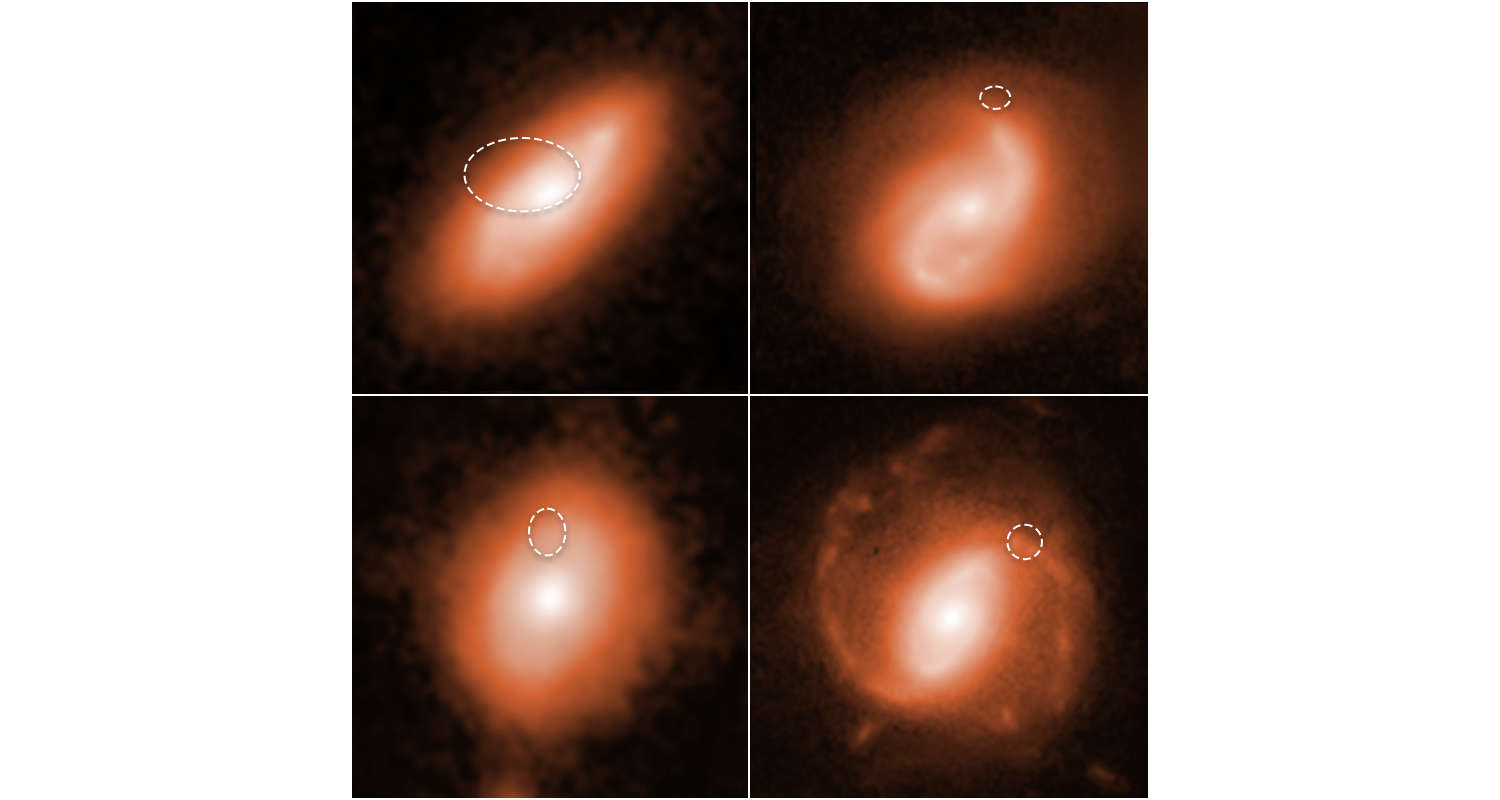Create a free profile to get unlimited access to exclusive videos, sweepstakes, and more!
Mysterious bursts of radio pulses prefer a galaxy's loving arms

By looking at what neighborhoods they live in, astronomers are starting to get a better handle on mysterious, extremely short, and powerful flashes of energy called Fast Radio Bursts.
FRBs, for short, are pretty weird. They're intense but extremely short, lasting for a millisecond or so, and so powerful they can be detected at intergalactic distances; many are extremely far away. The first one was detected in 2001 but wasn't noticed until later, when astronomers looked at archived data. They start and finish in literally less time than the blink of an eye, so spotting one is extremely difficult, but once we knew they were out there astronomers got clever and came up with more ways to spot them. About a thousand have been detected so far, almost all of them from very distant galaxies.
Some repeat, flaring regularly, and some don't, just once and done. That makes figuring out what they actually are difficult. Then, in 2020, a breakthrough: One was seen in our very own Milky Way galaxy, and traced to the location of a terrifying beast called a magnetar. These are neutron stars with fierce magnetic fields, up to a quadrillion times as strong as Earth's field, and are capable of fantastically powerful explosions. Like, seriously immense: Read this if galaxy-spanning blasts of energy don't give you nightmares.
Still, we don't have a huge amount of info about FRBs. Is there more than one kind? Do they have various progenitors (in other words, do magnetars power all of them or are there other sources)?
To find out more, astronomers used Hubble Space Telescope to look at the locations on the sky of eight FRBs detected recently, hoping to characterize what kinds of galaxies host them and maybe see if there are any trends they can discern.
What they found is interesting, and helpful, but also a bit head-scratching.
Galaxies were seen for each FRB. Of those eight, five were clearly spiral galaxies, which is very interesting! Spirals (like our own galaxy) usually have lots of gas clouds in them and are actively forming stars in their arms. Massive stars don't live long and explode as supernovae, so they are preferentially found in spiral arms.
All five of the FRBs seen in spiral galaxies were located on or very near their host galaxy's spiral arms. That's consistent with an earlier observation. Neutron stars (the engine behind magnetars) are the collapsed cores of massive stars after they explode, so at first blush this supports the idea that FRBs come from magnetars.
But wait! Some of those galaxies have places where stars are forming more rapidly than others, and there was no clear evidence the FRBs were associated with those fecund spots. This is a little puzzling, but not a deal killer. The fact that they're correlated with arms at all is already helpful.
They found lots of other trends, too. The FRBs were all located well away from the galaxy centers, for example, which tend to have little or no star formation. They found evidence that whatever makes FRBs, they aren't the most massive stars in galaxies that tend to blow away their outer layers in fierce winds, and that they also are not from merging binary neutron stars (called kilonovae). All of this is helpful, even the negative results: Those can be used to eliminate potential progenitors.
Another interesting trend they found is that when they compared the galaxies hosting repeating versus non-repeating FRBs, ones that repeat look more like they come from bluer galaxies, meaning ones with more (but not huge amounts of) active star formation. They tend to be smaller, lower mass galaxies too. What that means isn't completely clear; it's still not understood why some repeat and others don't.
But this is all grist for the mill. It's early days yet, with only about two dozen galaxies identified as hosts for FRBs at all. Getting data on eight is a big step, even if trends are hard to make out with such a small sample. A successful run with Hubble could lead to more observations, including with some of the huge ground-based telescopes, as well as future space telescopes that could make this job a lot easier.
The point I'm making here is that when a new class of object is first seen confusion tends to reign for a while, with small steps leading to breakthroughs (like the one spotted in our galaxy), including major ones. In situations like this I think about gamma-ray bursts, which were also extremely hard to observe and remained a complete mystery for decades until enough were spotted (and technology improved) that suddenly things became more clear. Same with exoplanets.
The birth of a new field is always painful and frustrating, but with time comes progress and understanding. I'm quite sure we're well on our way there with FRBs, too.




























